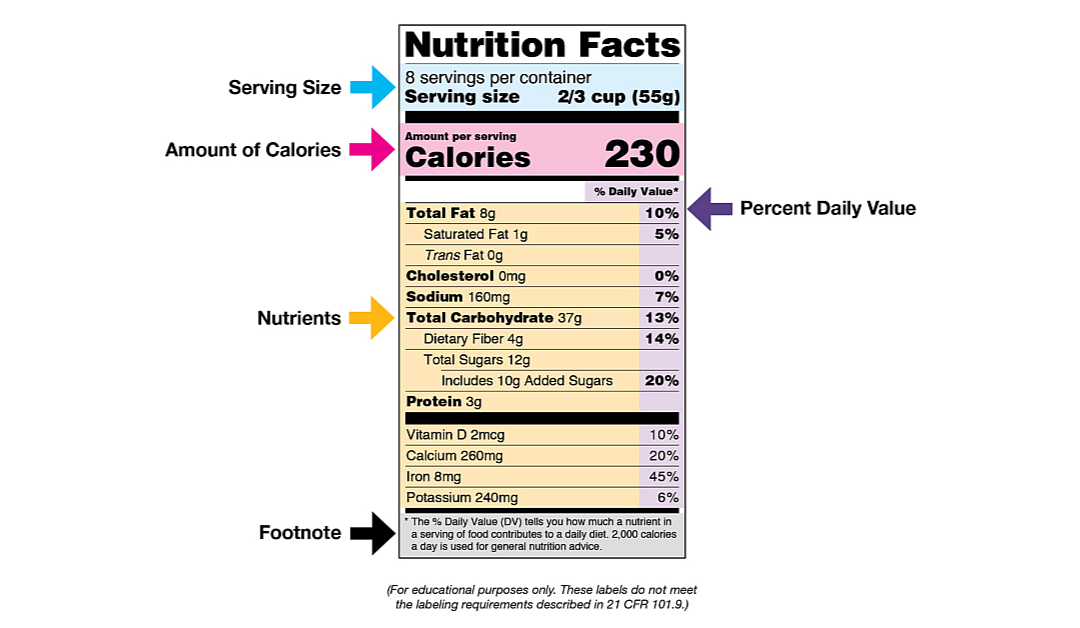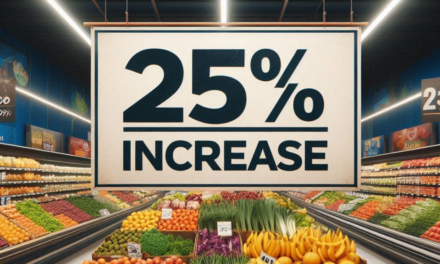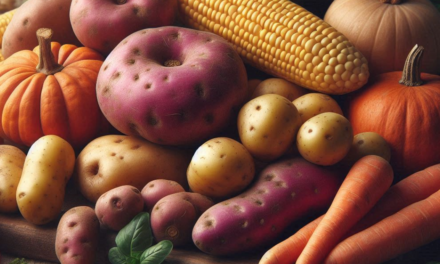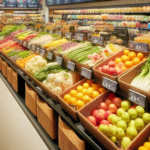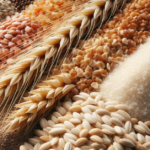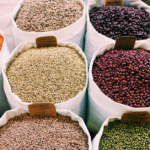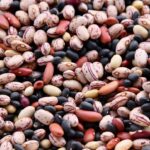It continues to amaze me how often I see members of an online diabetes-related group inquiring about whether certain types of foods that are recommended for a diet that is suitable for individuals with diabetes. It is common for individuals who have recently been diagnosed with diabetes to exhibit such behavior. The most unexpected revelations often come from individuals who have been managing diabetes for quite some time, yet seem to be uninformed about the basics of food labels and nutrition facts.
Understanding food labels is not merely a recommendation for diabetics; it’s a fundamental aspect of managing diabetes and maintaining optimal health. For those of us living with diabetes, the ability to decipher the nutritional information on food packaging empowers us to adjust our diets in real-time, ensuring stable blood glucose levels.
By identifying the carbohydrate content, diabetics can determine how a particular food might affect their blood sugar and make necessary adjustments to their insulin doses or meal plans. This skill transcends simple nutrition—it’s about enabling informed choices that align with health goals and dietary needs.
It is important to understand portion sizes in order to avoid overeating, which can cause weight gain and have a negative effect on blood sugar management. Accurately measuring food intake becomes possible with a clear comprehension of serving sizes, which promotes effective calorie management and a balanced diet.
For instance, a product might seem healthy initially, but a closer look at the serving size and number of servings per container could reveal higher-than-expected calorie and carbohydrate content. Through food label literacy, diabetics are better equipped to navigate these challenges and make informed decisions that support their dietary management and overall health.
Total carbohydrates encompass sugars, fiber, and starches, which directly influence blood sugar levels. Understanding how to count these carbohydrates informs insulin dosage and meal planning. If a product contains dietary fiber, subtracting this from the total carbohydrates gives a more accurate reflection of its impact on blood sugar, known as “net carbs.” Being adept at interpreting these figures allows individuals to better tailor their diet to their metabolic needs, facilitating more stable blood glucose control.
One challenge is identifying added sugars, which can lead to unwelcome spikes in blood glucose levels. Food manufacturers often use various names for added sugars, including high-fructose corn syrup, dextrose, sucrose, and maltose.
A seemingly healthy granola bar might list “evaporated cane juice” as an ingredient, which is a form of added sugar. By reading ingredient lists and choosing products with low or no added sugars, individuals can better manage their blood sugar levels. Additionally, opting for whole foods like fruits, vegetables, and whole grains, which are naturally lower in added sugars and high in dietary fiber, can further help stabilize blood sugar levels.
For individuals with diabetes, careful monitoring of sodium and fat intake is essential for maintaining overall health and preventing complications. Limiting sodium intake is vital for staving off hypertension, a common co-morbidity in diabetics that increases the risk of cardiovascular diseases. Fresh produce and low-sodium options are preferable to processed or canned foods high in sodium.
It is equally crucial to take into account the types and quantities of fats that are consumed. People with diabetes are advised to reduce their consumption of trans fats and saturated fats, which are often found in fried foods, pastries, and certain oils, as they have been associated with heart disease.
It’s a good idea to focus on eating healthy fats, specifically omega-3 fatty acids, in your dietary intake. Omega-3 fatty acids, which are found in fatty fish such as salmon, mackerel, and sardines, not only promote heart health but also help improve insulin resistance, making them a beneficial option for people with diabetes.
By prioritizing the intake of these beneficial fats and carefully selecting low-fat dairy products and lean meats, diabetics can better control their lipid profiles, thereby reducing the risk of cardiovascular diseases without adversely impacting blood glucose levels.
Navigating food labels can serve as a roadmap to healthier eating. The % Daily Value (%DV) represents how much a nutrient in a serving contributes to a daily diet.
For diabetics, focusing on foods with a low %DV of saturated fats, cholesterol, and sodium can help manage heart health and reduce hypertension risk.
Prioritizing dietary fiber is important for diabetics due to its benefits in blood sugar regulation and promoting feelings of fullness. Understanding nutrient claims like “sugar-free” or “low-fat” is crucial, as these can sometimes be misleading. Reading the entire label, including the ingredient list, is essential for making the best dietary choices.
Reliable resources like the American Diabetes Association can empower individuals with the knowledge needed to select foods that align with their health goals and dietary restrictions. Online tools and mobile apps have also emerged as invaluable resources, featuring barcode scanners and personalized recommendations to simplify meal planning and grocery shopping.
In summary, the ability to comprehend food labels is a vital tool in the management of diabetes. The ability to decode label information means avoiding hidden sugars, excessive sodium, and unhealthy fats that can exacerbate the condition. This knowledge empowers diabetics to stabilize blood glucose levels, manage weight, and reduce the risk of complications.
Informed food label reading contributes to autonomy and confidence in managing one’s health. It encourages a mindful relationship with food, where each selection is, with an understanding of its impact on blood sugar levels and overall well-being. Continuous education on food label reading is indispensable, enabling diabetics to make informed dietary decisions that support their health in the long term.
###
Remember, proactive self-care matters. Every step we take, every decision we make to better manage our diabetes makes a difference in how well and how long we live. Choose wisely. Live long, love life and be well.
The information on this site is not intended or implied to be a substitute for professional medical advice, diagnosis or treatment. The information on this site is for informational purposes only and is not intended to diagnose, treat, or cure any type of disease or condition. Diabetes Control Today does not guarantee any results for your specific situation. In support of our website, we may share resources offered by trusted partners. If you purchase products from any of these partners, the owners of this site may receive a portion of the proceeds. These affiliations allow us to continue bringing you valuable, potentially life-changing content.

